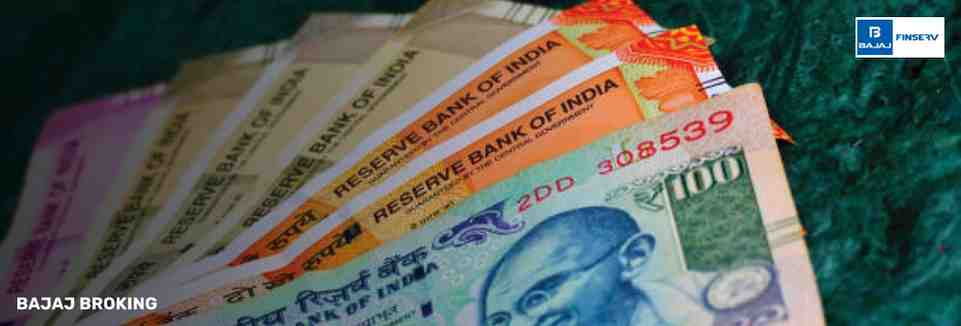Managing a country’s finances is not that different from managing your own — just on a far bigger scale. Some days, the money going out arrives faster than the money coming in. Maybe tax receipts are still a week away, but a large payment cannot wait. In moments like this, the Indian government has a tool it can reach for — Cash Management Bills, or CMBs.
They work a bit like Treasury Bills, but with one key difference — there is no set calendar. They are issued only when the need is there, not on a routine schedule. Usually, they mature in 91 days or less and are sold at a discount through auctions held by the Reserve Bank of India (RBI).
Because they come with the backing of the government, CMBs are considered low-risk by major market participants. You will often find them held by banks, mutual funds, and other institutional investors. For the government, they are simply a way to keep the cash flowing smoothly without committing to long-term borrowing.
History of Cash Management Bills
Cash Management Bills are a relatively recent addition to India’s financial toolkit. They first appeared on 12 May 2010, when the Government of India, working with the Reserve Bank of India, introduced them as a way to plug short-term funding gaps without unsettling the wider market.
They differ from Treasury Bills in one key way — there is no fixed timetable. They are issued only when the need is real, and have a maturity of up to 91 days. At times, though, fiscal pressures have nudged them close to that limit.
A memorable example came in May 2020, during the COVID-19 pandemic. With liquidity under strain, the government issued around ₹80,000 crore in CMBs with an 84-day maturity. It was a practical step to deal with an extraordinary cash crunch.
Since then, CMBs have become part of the government’s regular set of tools — not always visible, but ready to be used whenever short-term funding needs arise.
How Cash Management Bills Work?
I often think of Cash Management Bills as a quick bridge across a financial gap — short-term IOUs from the government that appear only when other borrowing options are not quite right for the moment. Unlike regular Treasury Bills, there is no fixed calendar. Each issue happens because there is a specific need for funds, not because the date says so.
Process of Issuance
The Reserve Bank of India announces a competitive auction, setting out the amount to be raised and the maturity date.
Primary dealers, banks, and financial institutions take part, each offering the discount rate they are willing to accept.
Discounted Issuance
Maturity and Settlement
Maturities can be as short as a few days and up to 91 days.
Settlement is usually on T+1, meaning one working day after the auction.
Secondary Market Attributes
Features of Cash Management Bills
Cash Management Bills have certain characteristics that make them useful for both the government and financial institutions:
Flexible issuance – Only released when required, not on a set schedule like Treasury Bills.
Short maturity – Always less than 91 days, making them suitable for meeting immediate funding needs.
Zero coupon / discounted – Sold at a discount and redeemed at face value, without periodic interest payments.
Auction-based pricing – Rates are set through competitive bidding, keeping the process transparent and market-driven.
SLR eligibility – Recognised under Section 24 of the Banking Regulation Act for meeting banks’ liquidity requirements.
Tradability – Actively traded in the secondary market and eligible for repos, providing both liquidity and flexibility.
Conclusion
Cash Management Bills form a crucial part of India's fiscal arsenal: short-term, zero-coupon, and highly flexible vehicles used to fill short-term cash gaps in government accounts. The government and financial institutions find a proper way to manage liquidity due to their nature, or features, which include competitive auctions, SLR convergence, tradability, and a maturity of less than 91 days.
Launched in 2010, CMBs have become an important tool of liquidity, especially in times of need, such as the COVID-19 crisis, when 80,000 crore worth of them were issued.
They supplement scheduled treasury bills to offer just-in-time borrowing, which does not have the potential to create long-term debt. CMBs are used as regulatory instruments and liquid assets by banks. On the whole, Cash Management Bills are an aid to the fiscal discipline of India as they ensure transparency, flexibility, and stability in the government borrowing practices.




